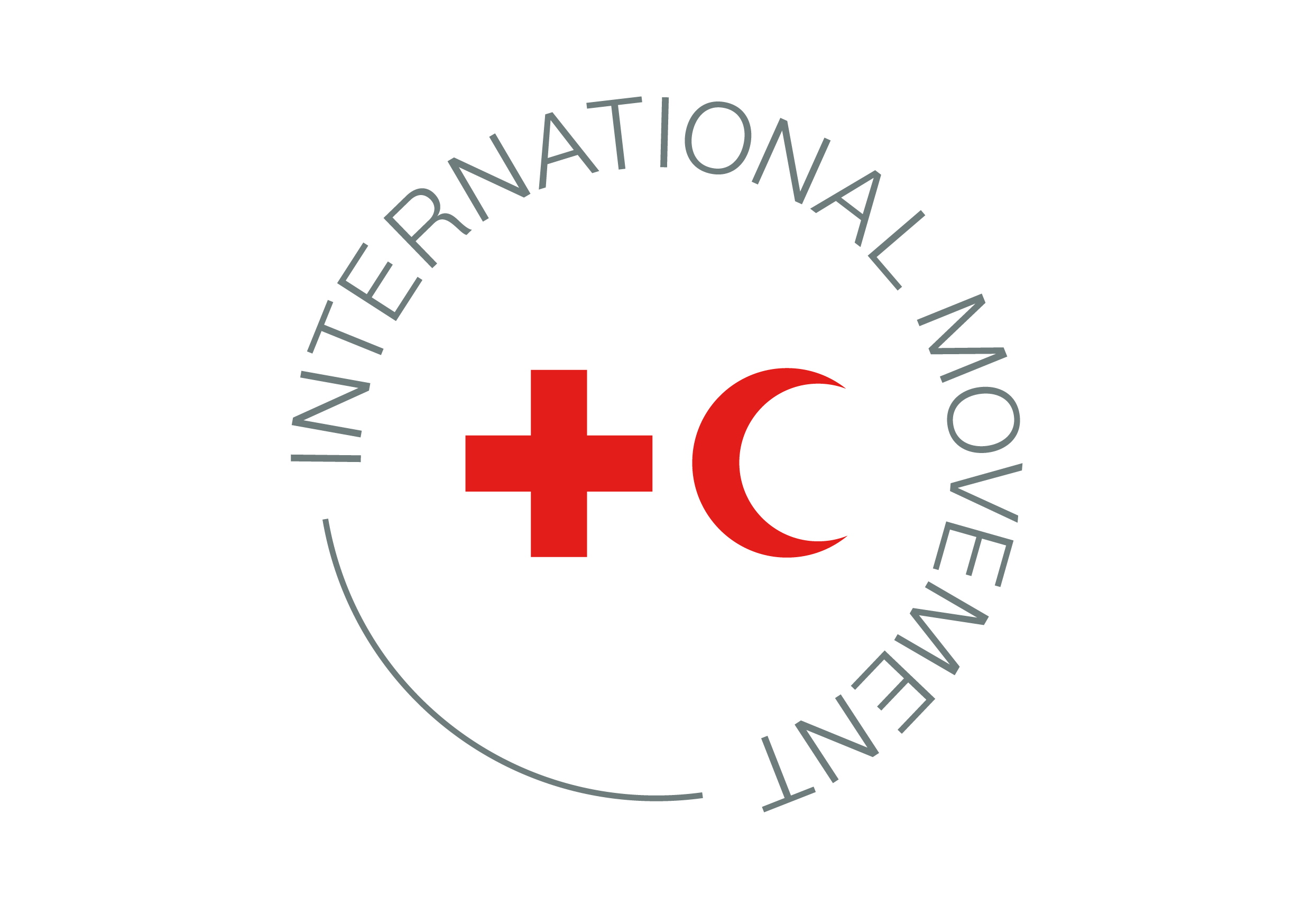A) Objectives of the pledge:
Pledge on Children in Situations of Armed Conflict
For the years 2015-2019, the Government of Canada pledges to:
-
- continue efforts to address the problems faced by children in situations of armed conflict by:
-
- Sustaining attention and action on the issue of children and armed conflict as part of Canada’s broader policy focus on the protection of civilians, child protection and children’s human rights;
-
- Advocating for the full implementation of UNSCR 1612, 1882 and 1998 and the strengthening of the UN Monitoring and Reporting Mechanism, both bilaterally and multilaterally, and whenever possible, by complementing these advocacy efforts with programming;
-
- Examining means to further increase accountability for persistent violators of children rights and to ensure that grave violations against children trigger the imposition of sanctions; and
-
- Where relevant, to continue to support the protection of children affected by armed conflict.
Evaluation criteria (in 2019):
-
- Work towards increased awareness and attention to the importance of accountability and the imposition of sanctions – to be achieved through policy research, workshops, civil society engagement and advocacy at the UN;
-
- Where possible, support programming which seeks to improve monitoring and reporting of violations, build local capacity, and enhance accountability for violations.
Engagement à l’égard des enfants dans les situations de conflits armés
Pour les années 2015 à 2019, le gouvernement du Canada s’engage à :
-
- poursuivre les efforts pour résoudre les problèmes auxquels font face les enfants dans les situations de conflit armé :
-
- en maintenant l’attention et les actions sur la question des enfants dans les conflits armés dans le cadre de l’orientation stratégique générale du Canada visant la protection des civils, la protection des enfants et la défense des droits de l’enfant;
-
- en préconisant la pleine mise en œuvre des résolutions 1612, 1882 et 1998 du Conseil de sécurité des Nations Unies et le renforcement bilatéral et multilatéral des mécanismes de surveillance et de communication des Nations Unies et, dans la mesure du possible, en complétant ces efforts par des programmes;
-
- en examinant des moyens d’accroître davantage la responsabilisation des auteurs récidivistes de violations des droits de l’enfant et en faisant en sorte que les violations graves commises contre des enfants entraînent l’imposition de sanctions;
-
- lorsqu’il y a lieu, en continuant de soutenir la protection des enfants touchés par un conflit armé.
Critères d’évaluation (en 2019)
-
- Travailler à favoriser une meilleure prise de conscience de l’importance de la responsabilisation et de l’imposition de sanctions, par des recherches stratégiques, des ateliers, la mobilisation de la société civile et la défense des intérêts aux nations Unies;
-
- Dans la mesure du possible, appuyer les programmes qui visent à améliorer la surveillance et le signalement des violations, à renforcer les capacités locales et à améliorer la responsabilisation des auteurs de violations.
B) Action plan:
NA
C) Indicators for measuring progress:
NA
D) Resource implications:
NA

